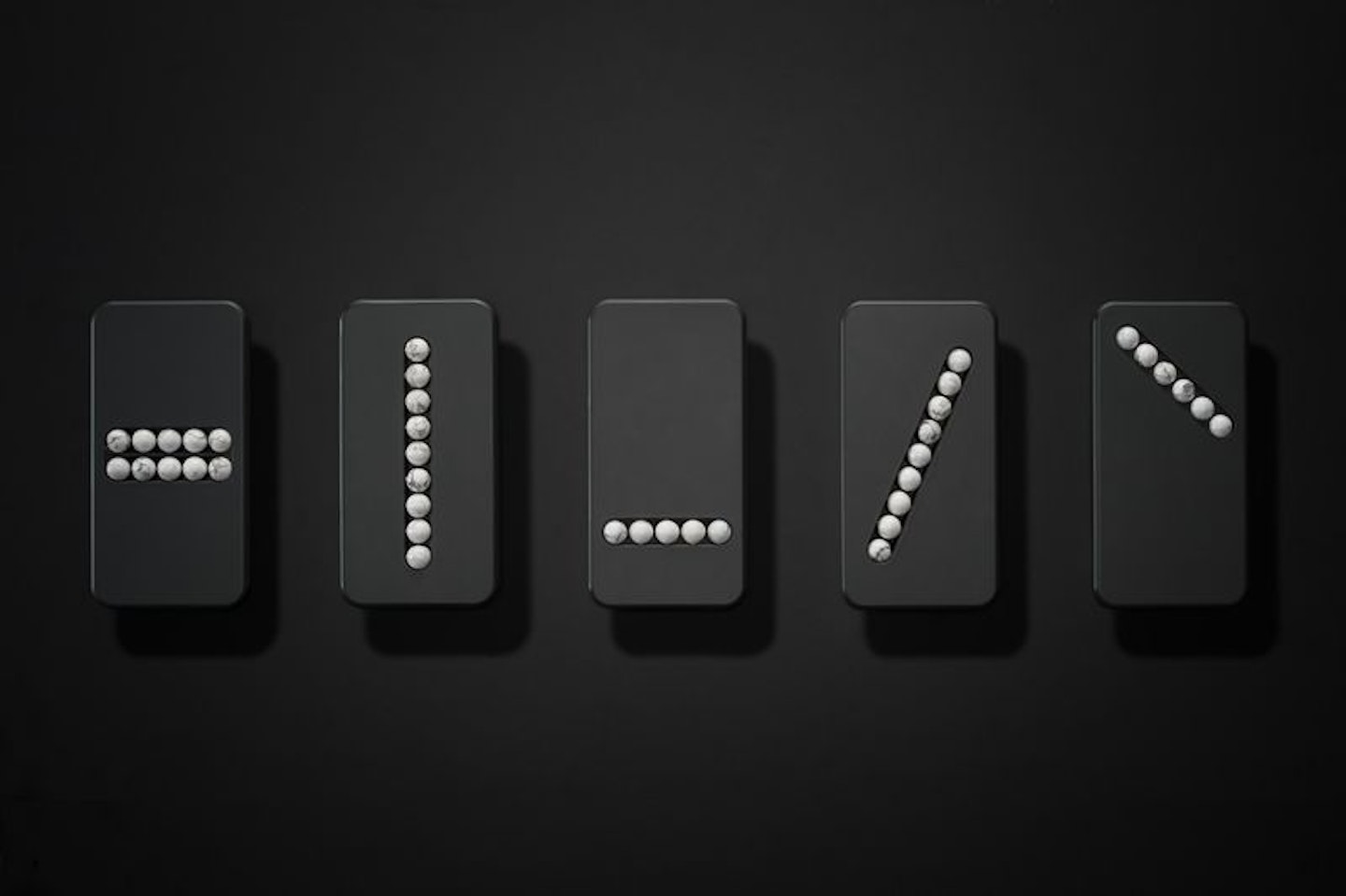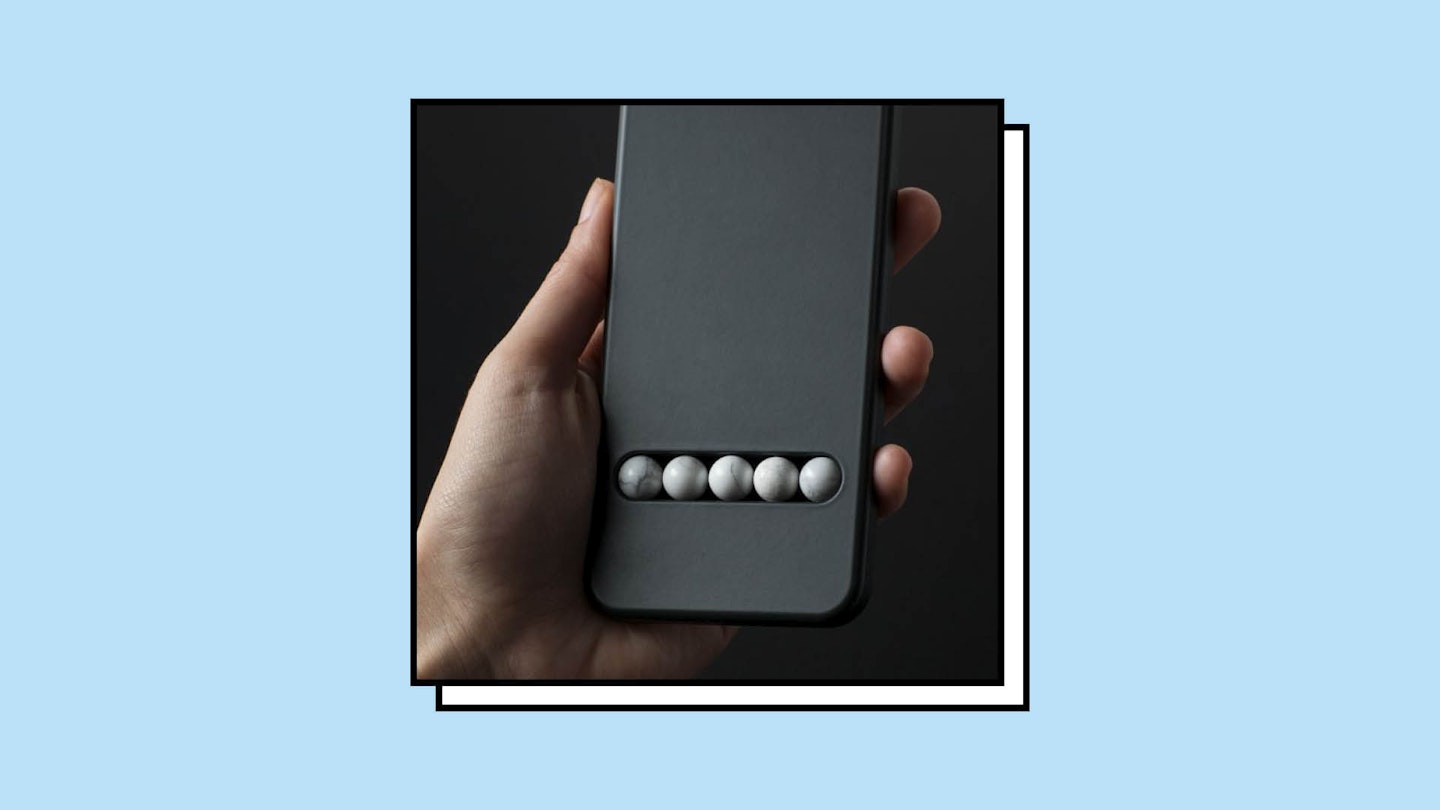We’re living in the age of 24-hour news cycles, unlimited internet and continual television and radio broadcasting, meaning that we’re constantly bombarded by stuff. News, information, lights, entertainment, noise, adverts– it never ends. So much so, that as a society, we seem to have collectively lost the ability to just do nothing!
There’s no doubt that distraction gadgets have been around for decades, in one form or another. Each one managing to find a newer, more captivating and ever more ridiculous way of occupying our minds and diverting our collective attention from that horrible thing we like to call - y’know, life.
There have been loads of them! First it was the Rubik’s cube, followed by Baoding balls and Begleri beads, then came the notorious fidget spinner and now, apparently - we have the not-so- catchily-named ‘substitute smart phone.'

Surprisingly, a lot of these little hand-held toys were originally geared towards soothing some of the symptoms of the many stresses and ailments many of us suffer from today. They’ve been claimed to help with everything from ADHD/ADD, stress, depression and even social and other types of anxiety.
By giving our minds something to think about (or not think about), these gadgets enable us to relax by somewhat dulling the senses and diverting all our attention to the little thing in our fingertips – in theory, that is.
Which brings me onto the substitute smart phone, the latest distraction gadget by Australian designer Klemens Schillinger. The mock smart-phone is in fact a weighted plastic block with a number of stone beads spread out across its centre.
The idea behind the invention is simple; it’s a tool to keep your fingers busy, just as your iPhone would but without all the iPhoney features, obviously.
The sleek looking black rectangle was created to look and feel like the average smart phone, offering users a sort-of realistic experience. Think; the modern-day phone addict’s equivalent to an e-cigarette.
As of yet, the substitute smart phone’s website has no pricing or release date information other than 'coming soon'. However, Schillinger’s website does describe the product as a ‘prosthesis’, which is both bizarre and gravely concerning.
The invention was created with the idea to reduce a smart phones basic functions down to just the few basic movements we, in Schillinger’s own words; ‘Make hundreds of times on a daily basis.’
Therefore, the little stone balls are aligned in such a way that they mimic the feeling of vertical scrolling, horizontal typing and diagonal ‘pinching,’ like you would if you were zooming in and out on your phone.
A cool, harmless invention I guess, created solely as a kind of adult dummy for phone addicts. But regardless of the inventions intent, the substitute smart phone still, inadvertently speaks volumes about the state of the society we live in today.
Shockingly, over half of the US population suffers from some degree of phone addiction. And now, phone anxiety is classed as a legit, documented medical condition. As is ‘nomophobia’ – the irrational fear of being separated from, or losing your phone. Symptoms of such disorders even include things like ‘phantom cell phone vibration’ where you can feel your phone vibrating on your person but it’s not actually there.
These substitute smart phones are meant to combat this and are even due to be prescribed to phone addicts as a form of therapy, just how fidget spinners were prescribed to children with ADHD, with little to no avail.
Sadly, in reality, there’s actually been little to no scientific evidence to suggest that these toys are of any benefit to us at all. Especially not as a cure or combatant to serious mental health issues, including addiction.
If anything, the substitute phone seems to be yet another useless product in a long line of useless products, invented to do nothing more than capitalise on our societal inability to do nothing and just be.
Like this? You might also like...
Follow Pauline on Instagram: @LonelyMonroe
This article originally appeared on The Debrief.
